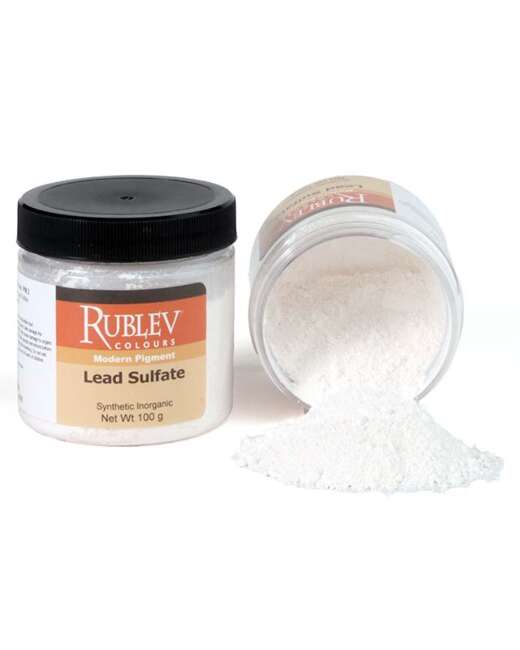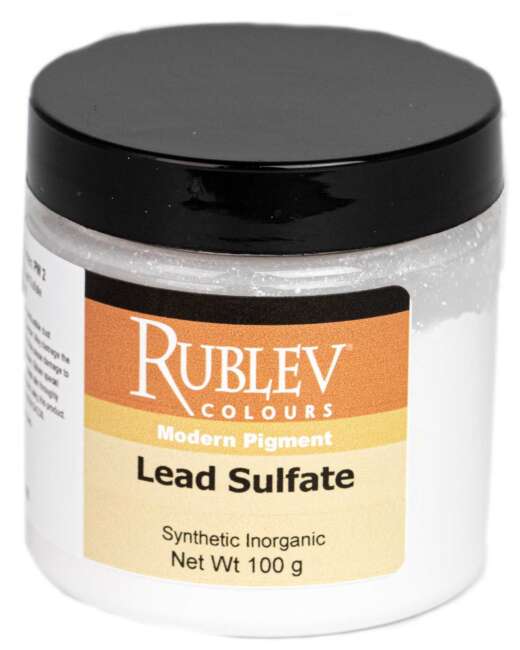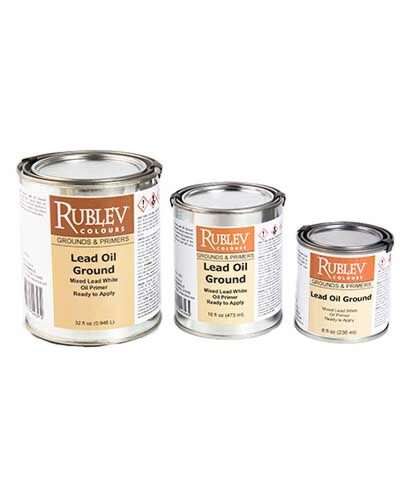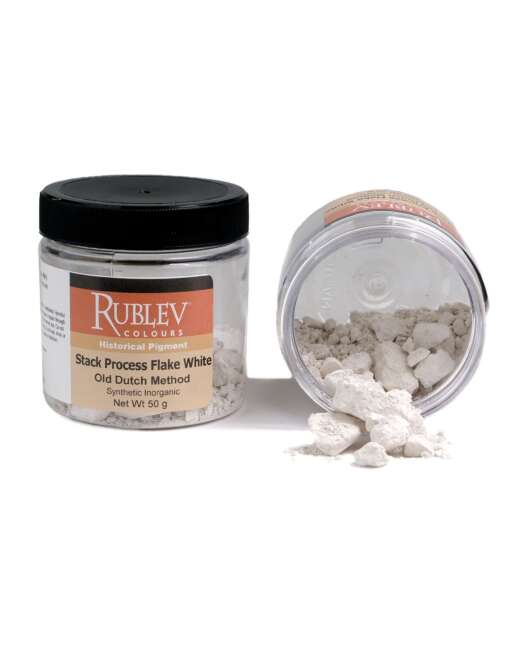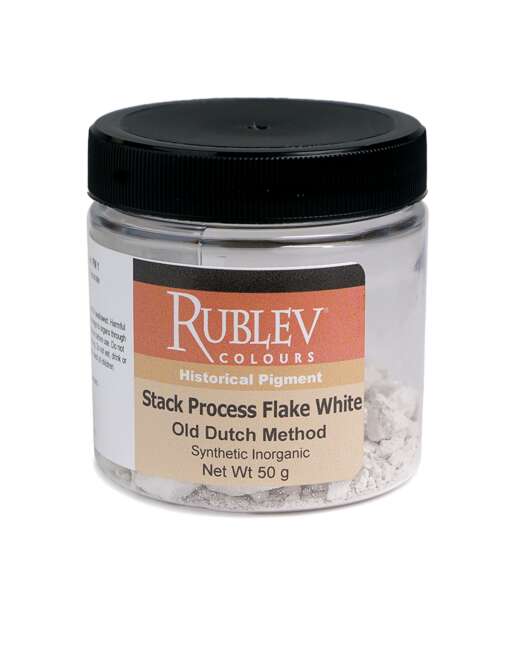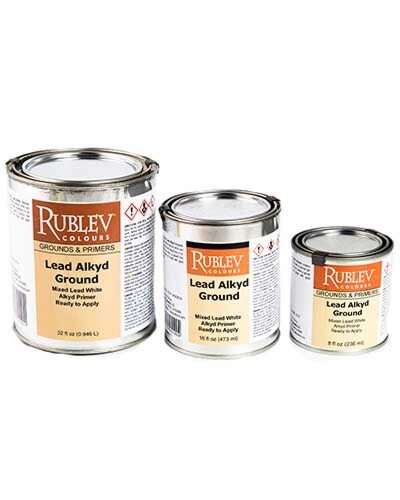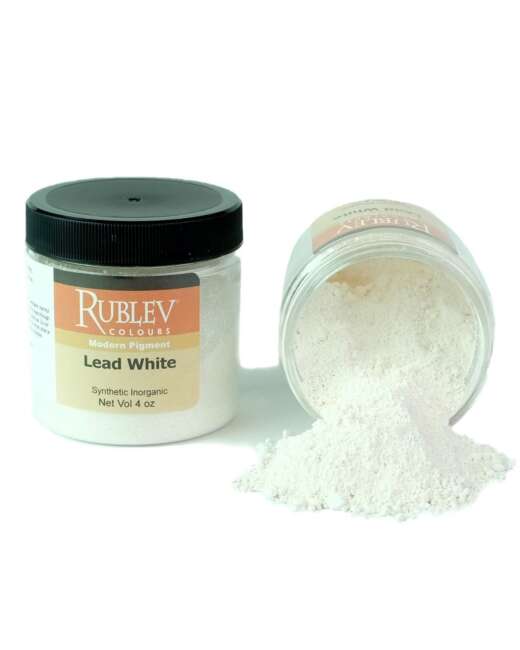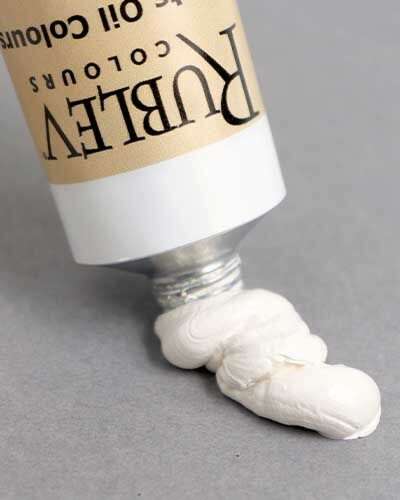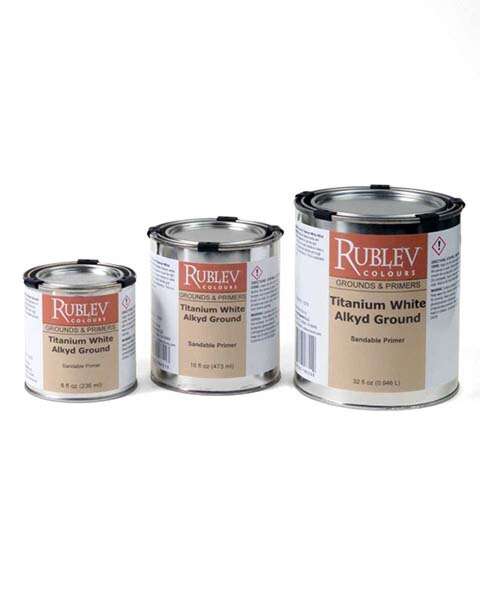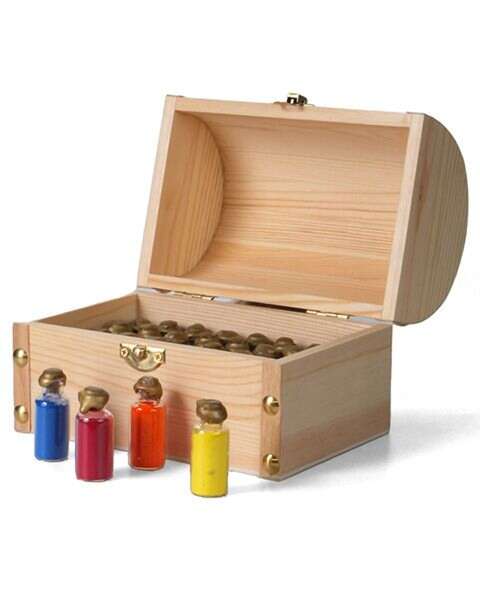Old Masters' Paints—How Do They Differ From Today's Oil Paints

The color of the old masters was more granular and had more body than oil colors today. Anyone who has ever painted with hand-ground colors will recognize the difference.
Microscopic examination of the pigments in old masters’ paints shows that they were more granular than those of the present day. One researcher, Raehlmann, suggested that is the cause of the better preservation of old paintings. Doerner also noted that some otherwise durable pigments, when ground too finely, are more likely to crack, “Coarse-grained color is less liable to crack, which is the reason why the custom of the old masters of grinding their colors by hand was so excellent.” Because the colors in old masters’ paintings were typically intermixed (particularly in mixtures with lead white), less permanent and lightfast pigments, such as verdigris and madder lake, gained strength. As an aside, examining the condition of paint layers in older paintings support the idea that all colors, primarily if used as glazes, should have at least a little lead white mixed with them.
Many colors suffer because they are too finely ground, because of which some colors, such as umber, sienna, etc., develop the tendency to strike through. Artists’ color manufacturers are not entirely to blame for this situation because the artist, in his ignorance of the resulting qualities, keeps demanding more and more finely ground colors. We must remember that ancient painters had to extract colors from the raw ore and that the only known method was grinding by hand. Under those circumstances, the troublesome aftereffects of finely ground pigments were not likely to occur.
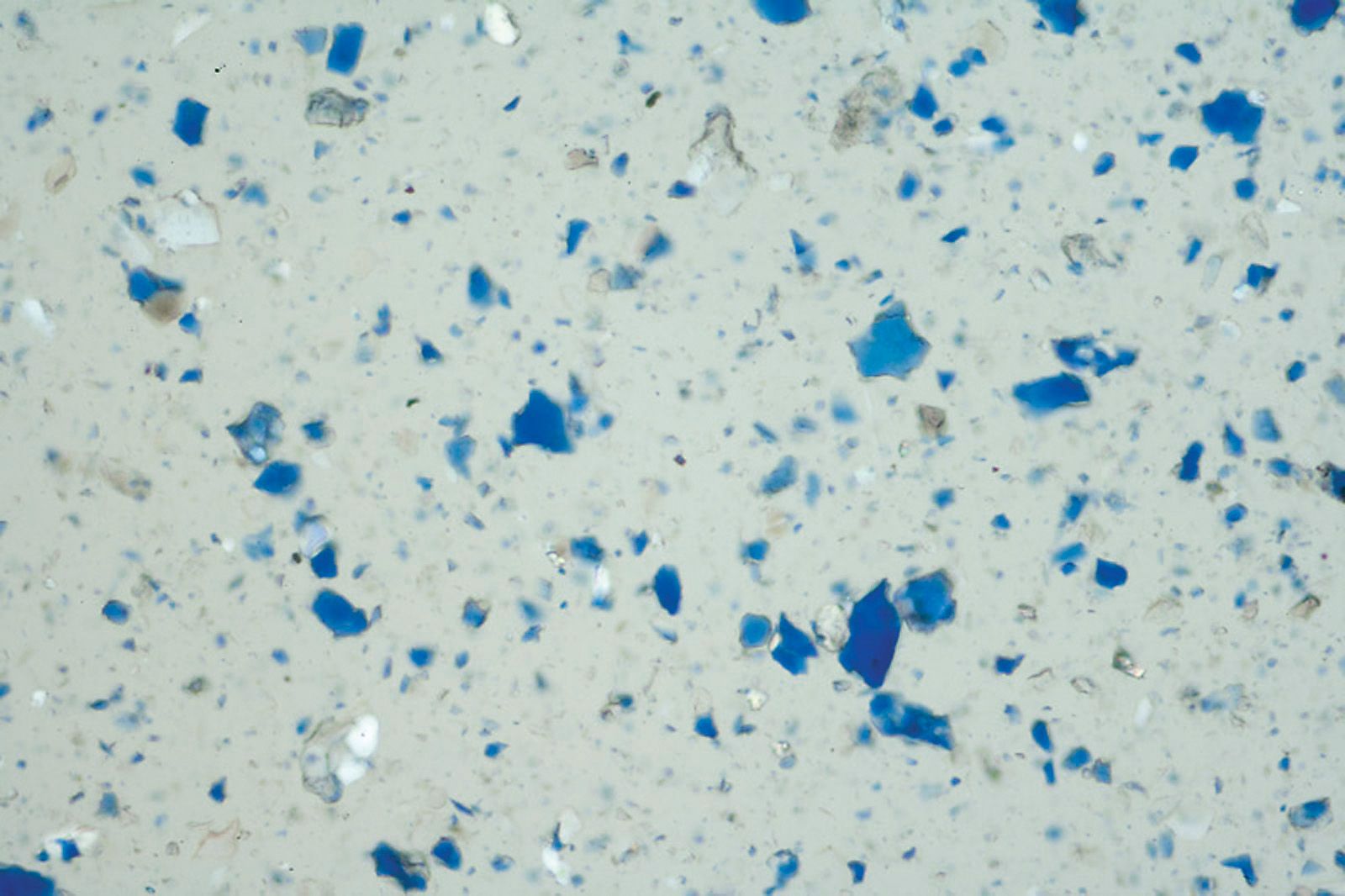 | 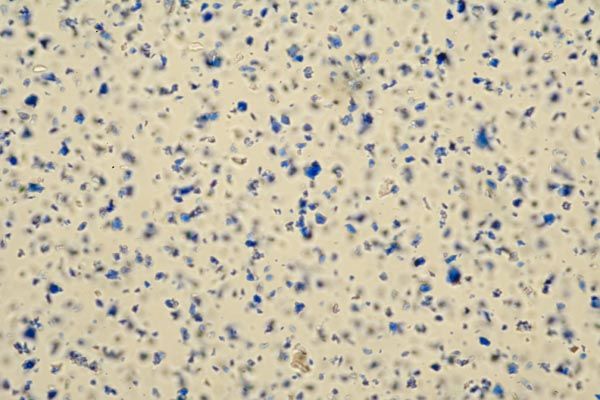 | |
| Natural Ultramarine Lapis Lazuli (Photomicrograph at 64 times enlargement in cross-polarized light) | Synthetic Ultramarine (Photomicrograph at 64 times enlargement in cross-polarized light) |
Unlike other artists’ oil colors, Natural Pigments uses pigments explicitly made for artists’ use in our series of Rublev Colours Artists Oils. Most of these pigments we use are obtained from natural sources, such as minerals, earth, and organic materials. Even the synthetic colors we use are made specifically for artists’ paint. They are more granular (larger particle sizes) and heterogeneous (differently sized particles) than the finely divided, homogenous pigments made for large-scale industrial use.
Artists’ color manufacturers are naturally interested in keeping their colors in saleable condition for as long as possible. Hence, they add stabilizers to the colors, and according to some experts, such as Doerner, who wrote in his book, The Materials of the Art, “can be only detrimental to the preservation of the picture.” Whether this is true of artists’ colors today will become known to our descendants. It appears that Doerner’s observation about the artists’ materials of his day is correct, judging from the condition of works created in the latter half of the 19th and the first half of the 20th centuries. Wax was the biggest culprit in the stabilizers added to oil colors during that period, with as much as 30% added to colors. In any case, artists’ colors with larger granularity and little or no stabilizers behave and appear very differently from manufactured oil colors today. Who knows, they may even preserve a painting better since the test of time has already proven their durability (of course, this is also greatly dependent upon the artist’s technical ability).
Natural Pigments does not use stabilizers (except in one or two rare cases, such as red lead) in Rublev Colours Artists Oils so that the paint handles more like what you would expect from hand grinding. The result is paint that is long and brushes more like the paint of the old masters. Of course, this also means that some separation in the tube occurs, but this is not necessarily a problem. This is easily remedied by squeezing an amount of the color from the tube onto plain paper and allowing the separated oil to be absorbed by the paper. After a few minutes, you can scrape the paint off the paper and place it on your palette.
Questions and Answers
Question: Since today’s pigments are micronized and treated to disperse, can they just be mixed into oil with a knife? It would take very little time to prepare them if it were so.
A: The simple answer to this question is no. Smaller particles offer more total pigment surface area that needs to be wetted by the binder. The larger the pigment surface area, the more mechanical force is required to wet pigment particles thoroughly. Even with dispersing aids and particle coatings, this is still true. The dispersing aids help reduce the required force, and particle coatings help eliminate flocculation and aggregation of pigment particles once mixed in the paint binder. In the ink and coating industry, three roll mills, sand mills, bead mills, high-speed dispersers, planetary mixers, and other equipment disperse the pigment in a binder with tremendous shear force.
To give you an idea of how powerful these machines can be, we were once running a batch of paint in a planetary mixer. We left the mixer running for several hours. When we returned to shut off the mixer and touched the mixing can, we noticed it was very hot. The shearing action of the mixer created so much friction between pigment particles that it cooked the oil, making the mixed paint completely unusable. We had to throw out the batch! (Now, we place probes on mixing cans with alarms to monitor the temperature.)
Larger pigment particle sizes are typically (but not always) more easily wet than smaller sizes. It all depends upon the surface area and chemical nature of the pigment. (Note that some natural pigments have large surface areas because they are fractured, irregular crystals and are not amorphous in shape like many synthetic pigments. In addition, some pigments have negatively-charged ions on the surfaces of their particles that make wetting more complicated.)
Q: What is levigation? Is it used today to prepare pigments?
A: Levigation is an ancient process of separating and grading aggregates and powders. This technique is used to purify mineral and earth pigments that we offer at Natural Pigments. We also use it to grade certain expensive mineral pigments, such as lazurite, azurite, malachite, dioptase, cinnabar, etc. We also use other techniques, such as mechanical sieving, water grinding, ball mill grinding, electromagnetic separation, etc., to prepare pigments. We are careful not to over-grind pigments with these techniques but typically achieve particle sizes similar to those achieved by hand grinding.
Q: Why was lead white pigment often ground in water, even if it was used in oil paint?
A: The primary reason that lead white was ground in water was to minimize exposure to dust. I am knowledgeable about this process, and there have been both favorable and unfavorable words about this technique from many different writers, such as Doerner and Ubele, to name but two.
Q: Isn’t there an advantage to using only fine pigment particles in artists’ paint?
A: Pigments of small particle size benefit the paint manufacturers more than they benefit the artist unless an artist is seeking color with no body. (My use of the term “body” refers to the physical characteristics of the paint, such as texture and form. For example, ink is a color that does not have body.) The small particle size of pigments increases the covering power of the pigment and, most importantly, helps the pigment remain in suspension in the paint vehicle for more extended periods. If the pigment remains in suspension longer than the saleable condition of the paint is lengthened from months to years.



